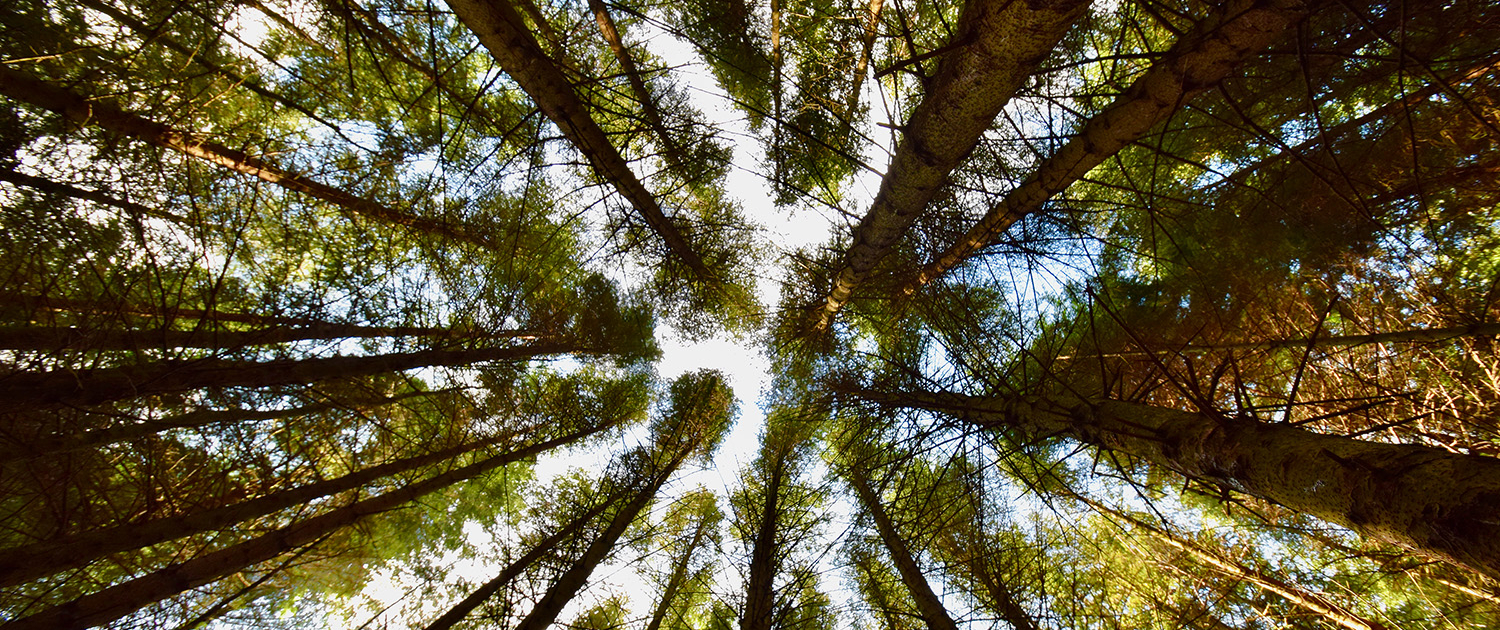How is the taiga forest interdependent?
All aspects of the taiga forest are dependent on one another, including the climate, soils, water, plants, animals and humans. If any element of the taiga changes, every other aspect is affected.
There are many ways the taiga is interdependent, including:
- Plants gain their nutrients from the soil, transferring them to the animals that eat them. Animals then spread seeds through their dung, supporting the reproduction of plants in the taiga.
- The cold climate causes plants to grow slowly, leading to slow decomposition. Therefore, the soil is relatively low in nutrients, reducing the ability of plants to grow.
- Reindeer and other herbivores rely on plants like mosses to survive and migrate to locations where plants can grow. Carnivores, such as wolves, follow herbivores when they migrate.
- During the summer, when temperatures are higher, coniferous trees absorb heat from the sun and provide shade, preventing the permafrost from melting.
Changes to a component of the taiga have knock-on effects on the rest of the ecosystem. For example, deforestation leads to permafrost melting. As a result, flooding can occur, leading to the loss of topsoil, and preventing plants from growing. Melting permafrost also releases trapped greenhouse gases resulting in climate change and changes to the climate of cold environments, threatening plants and animals.


